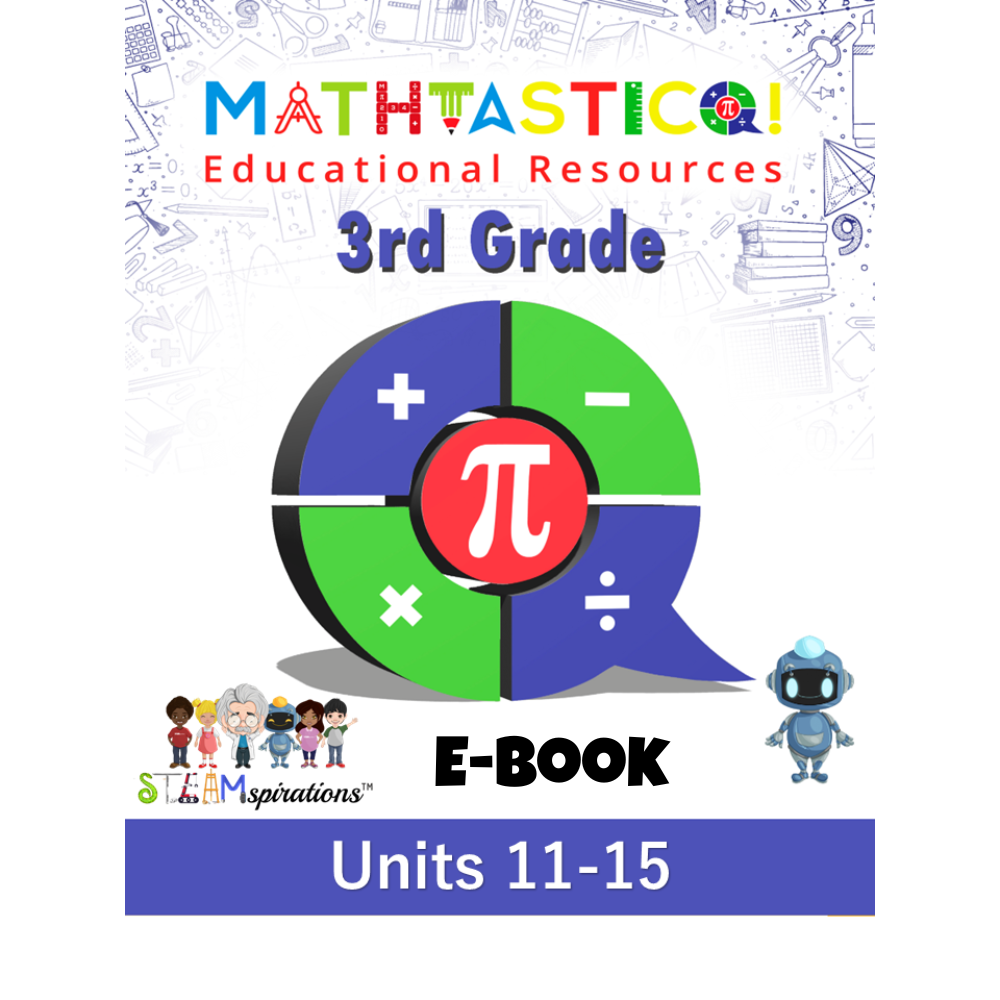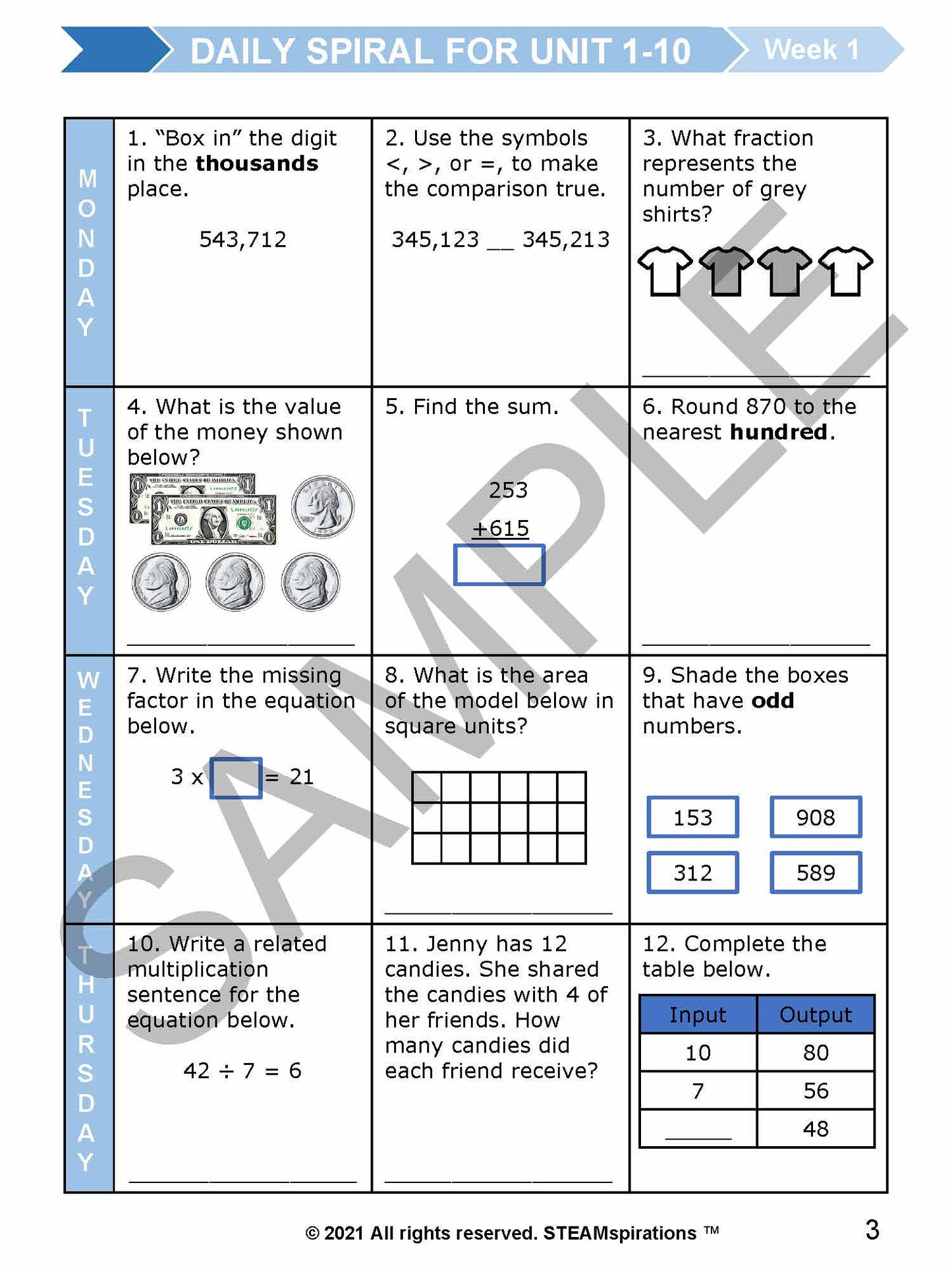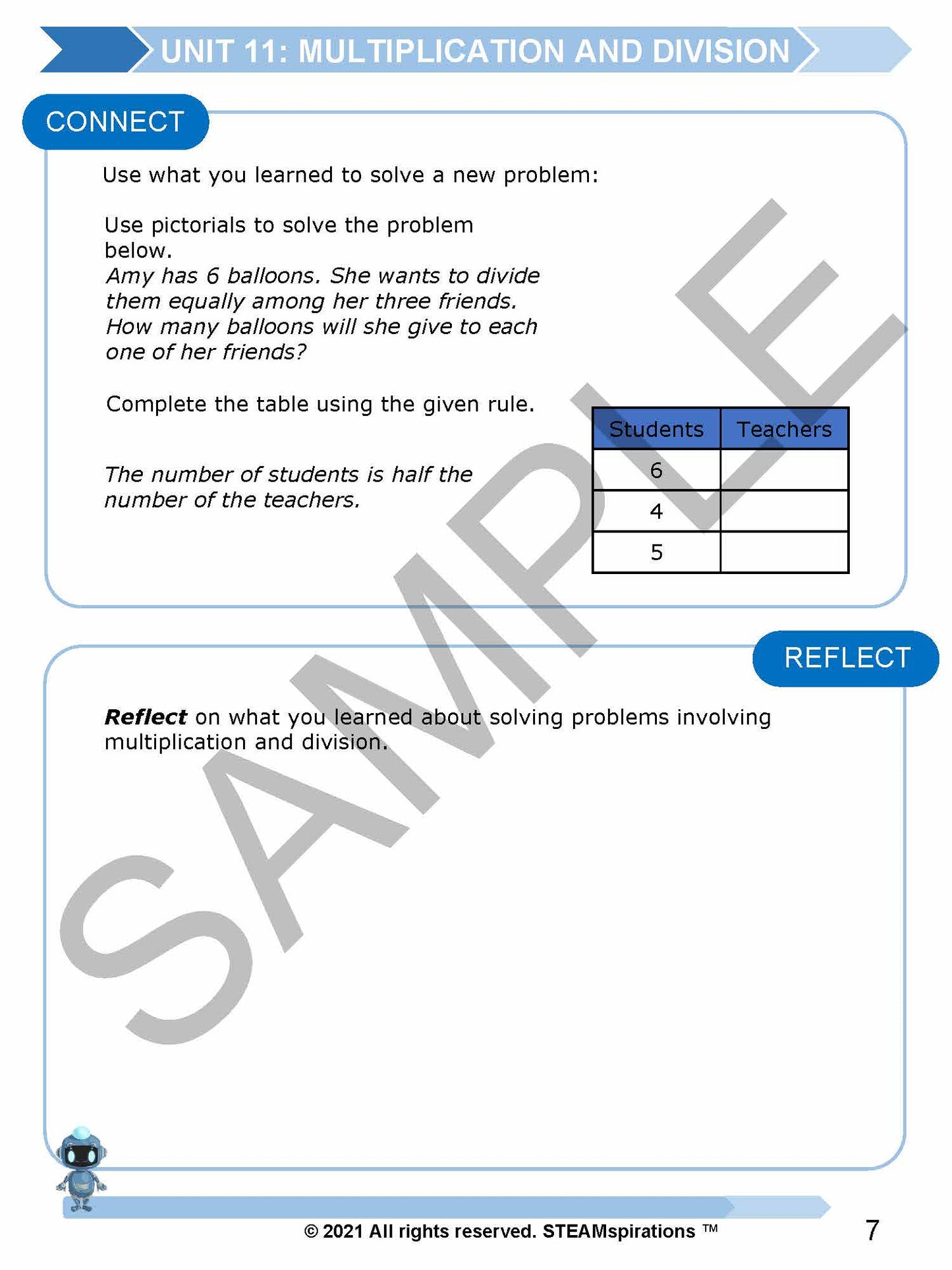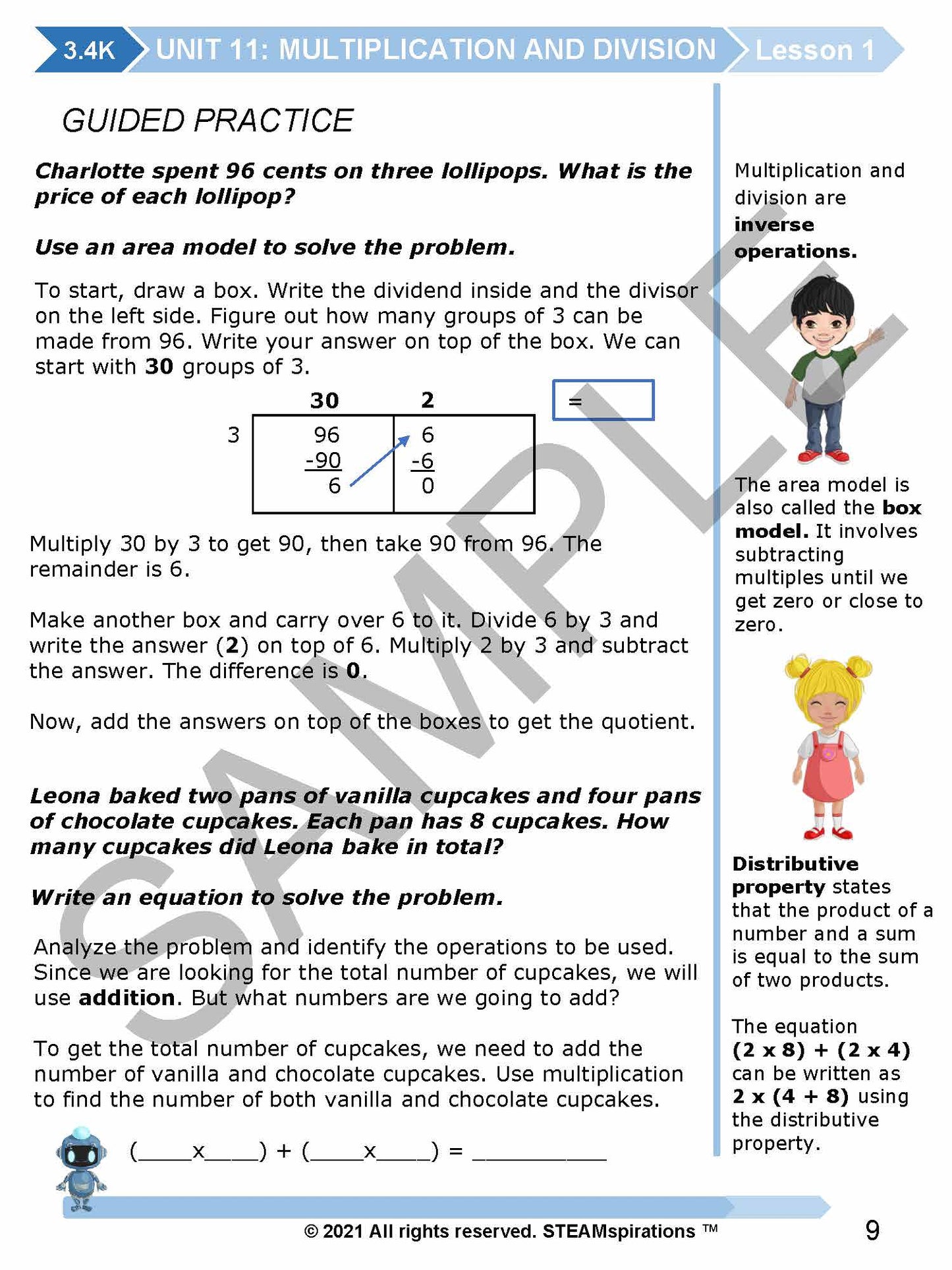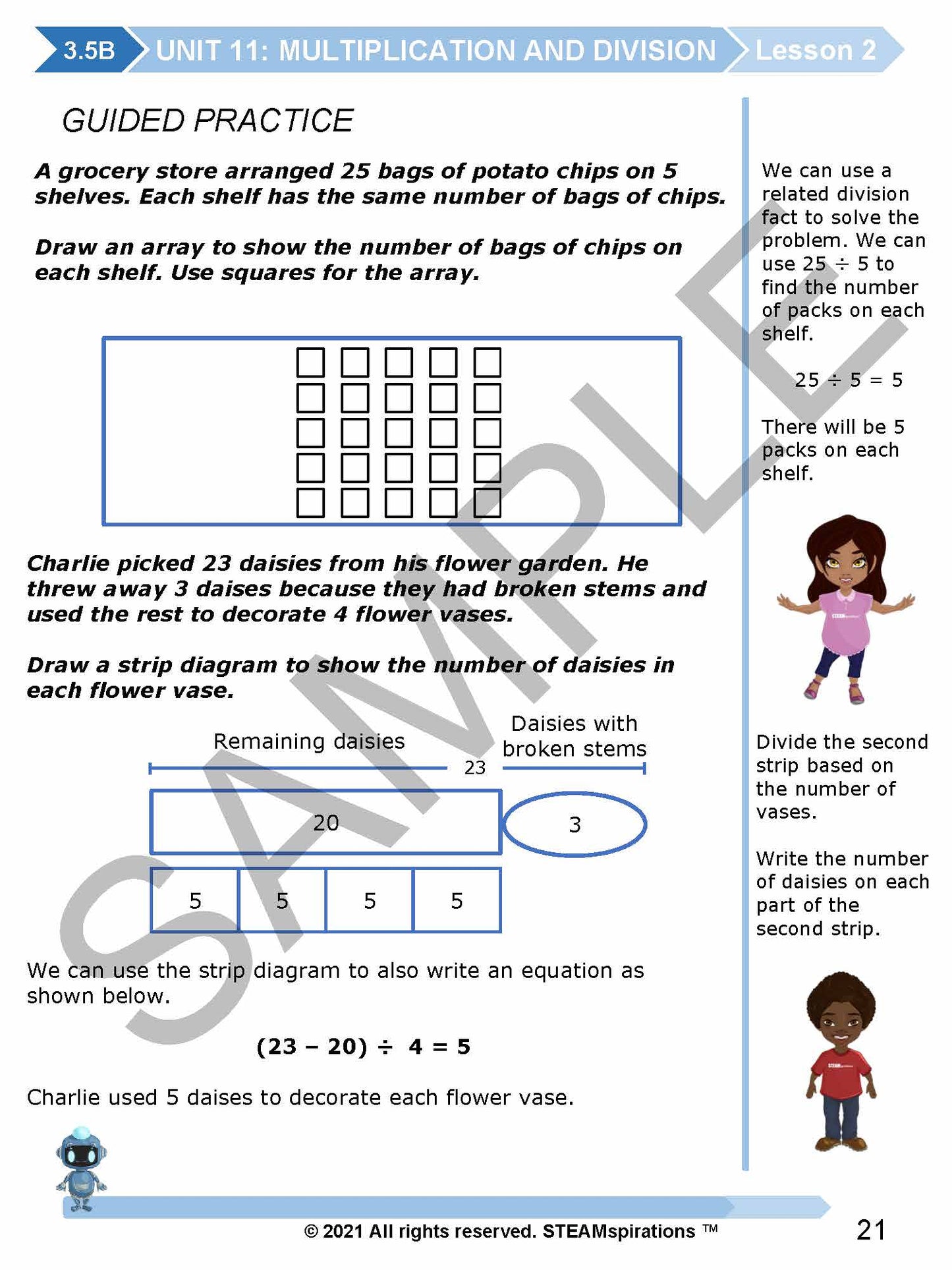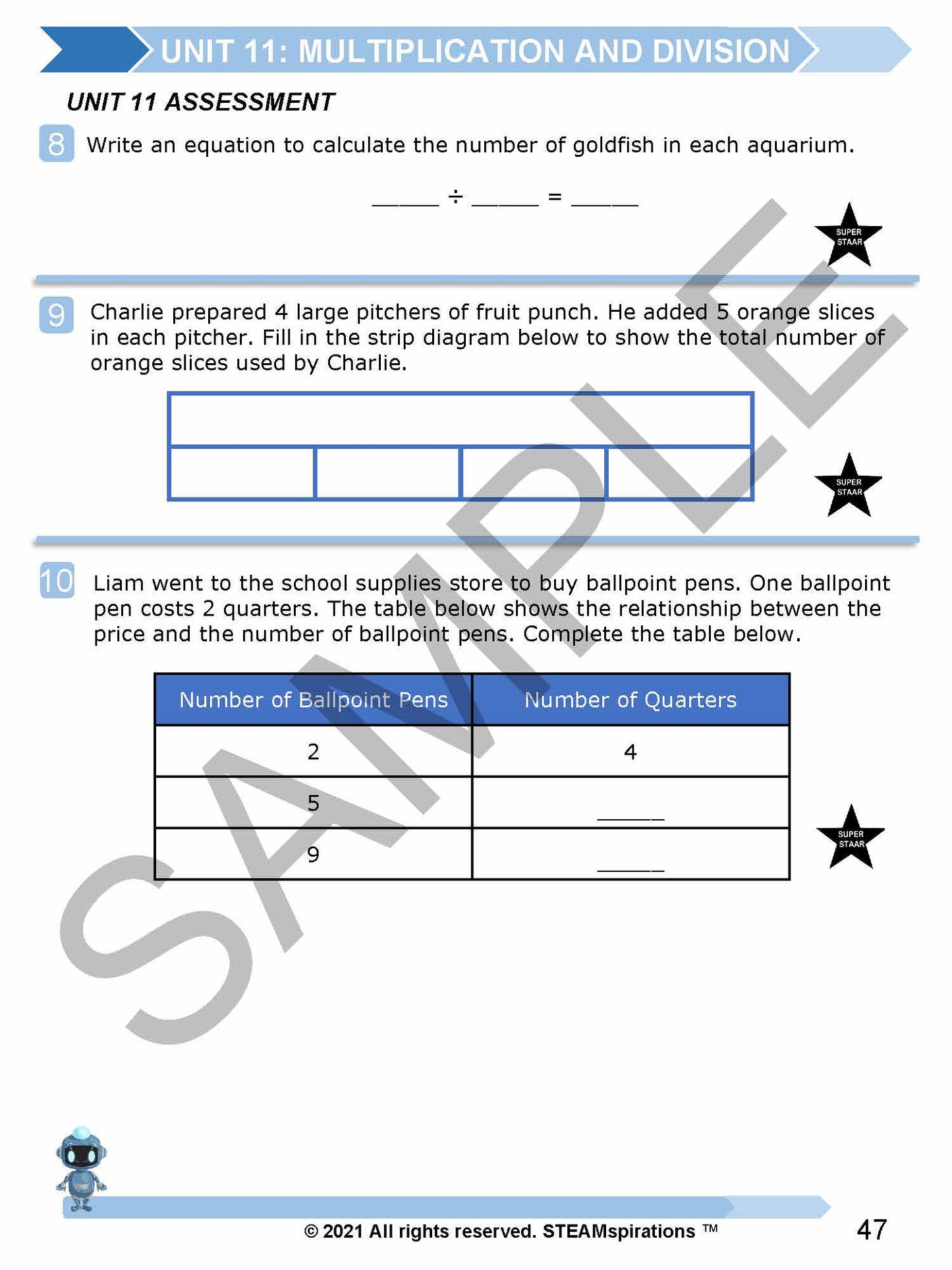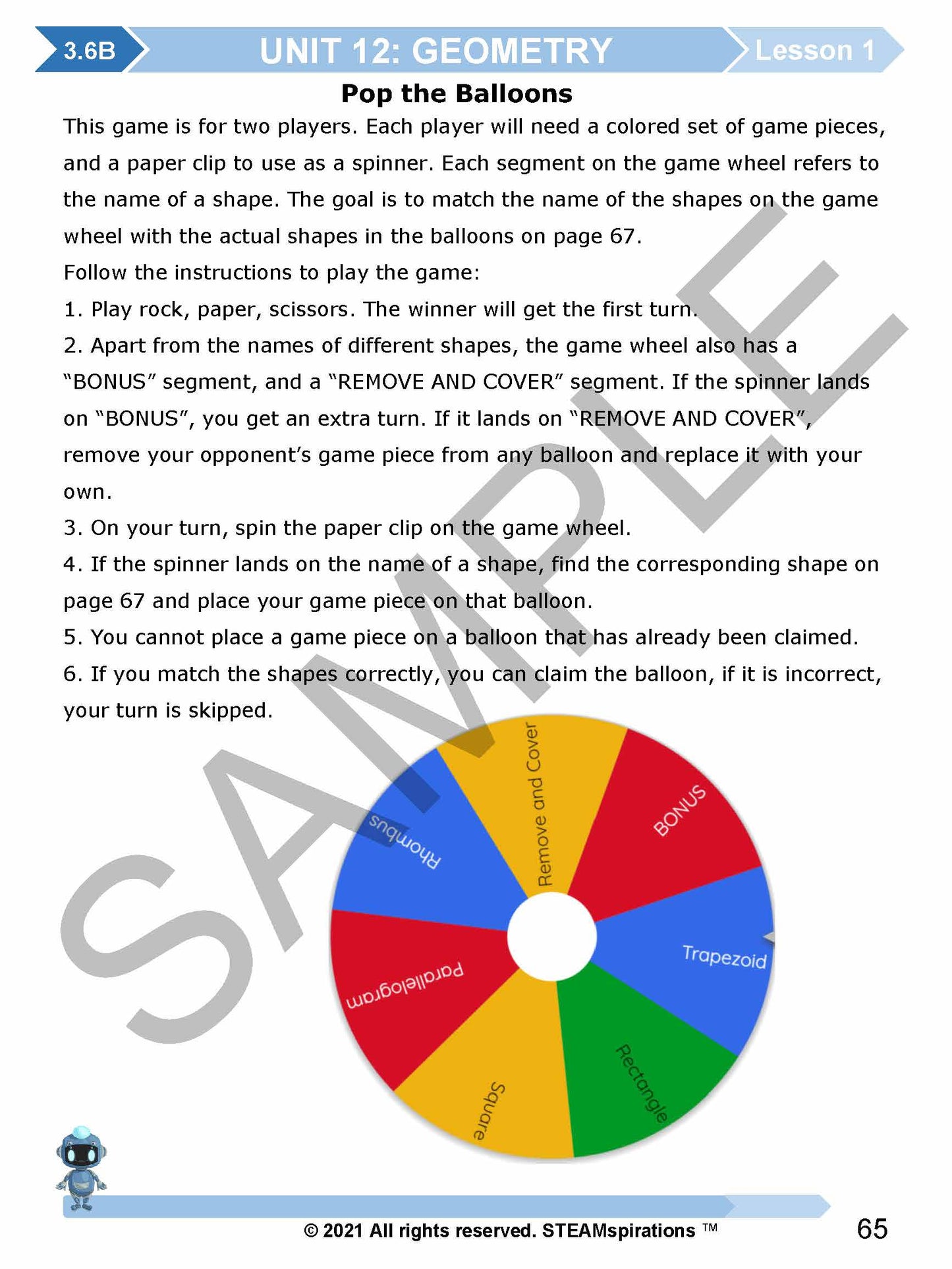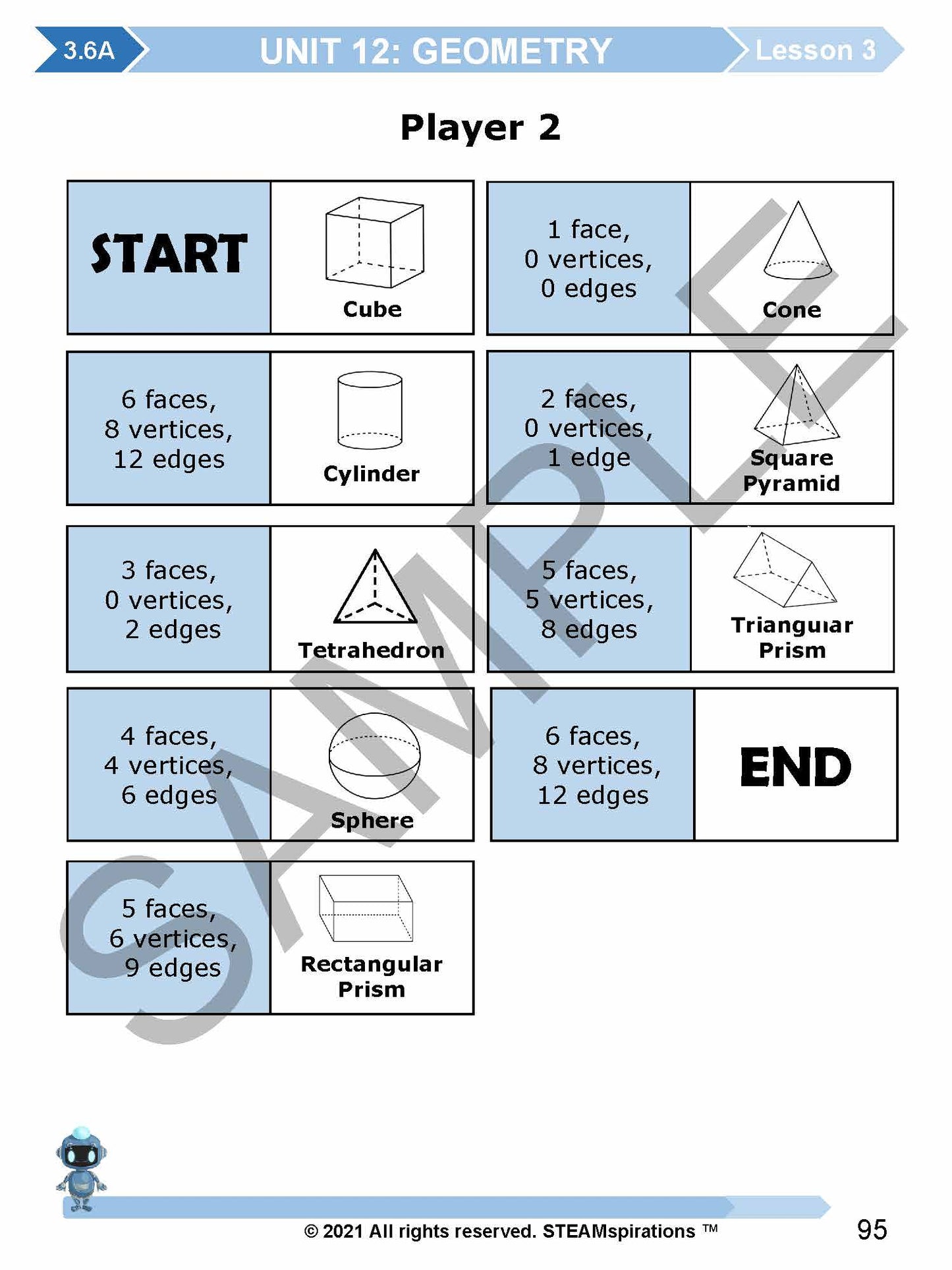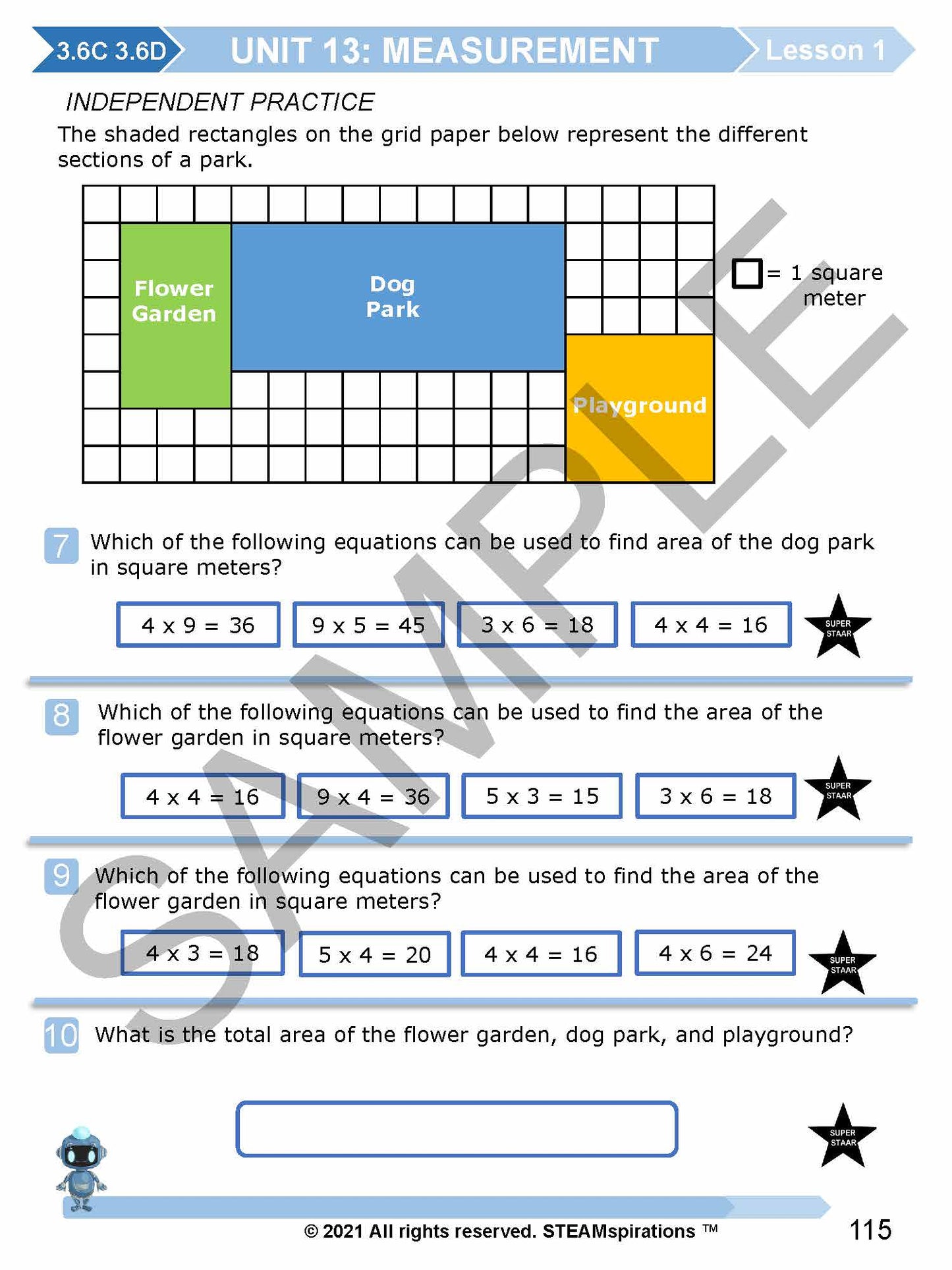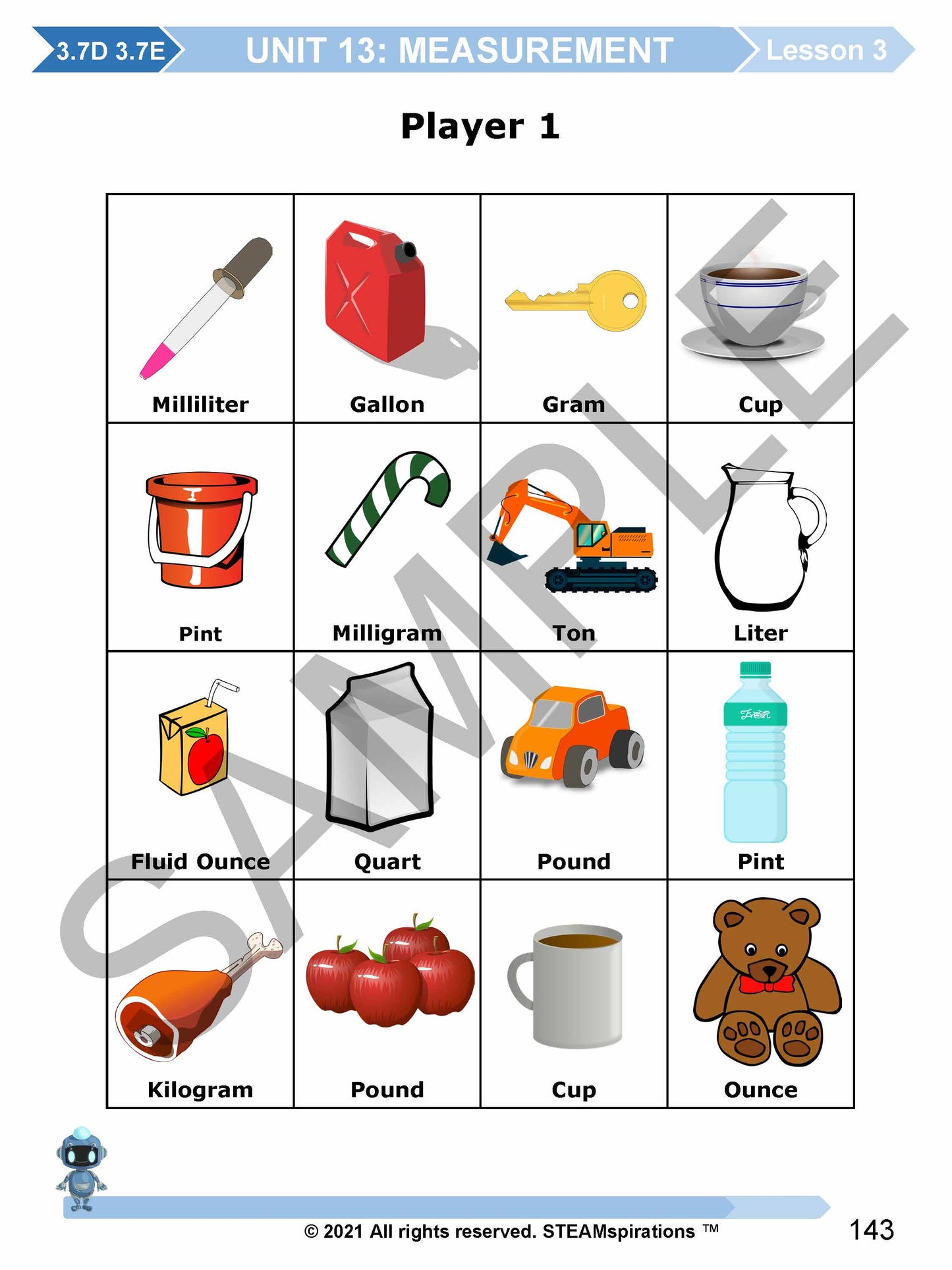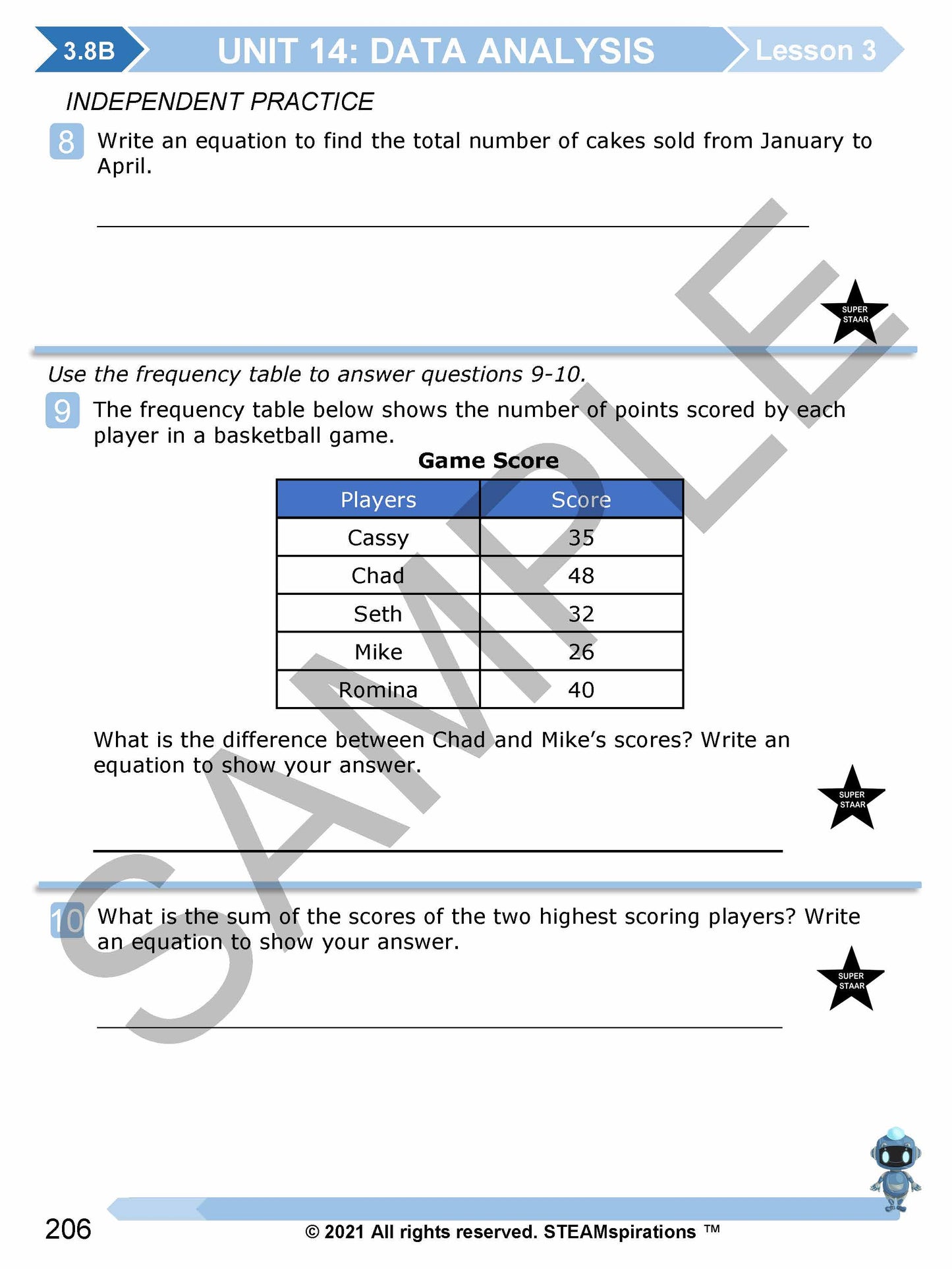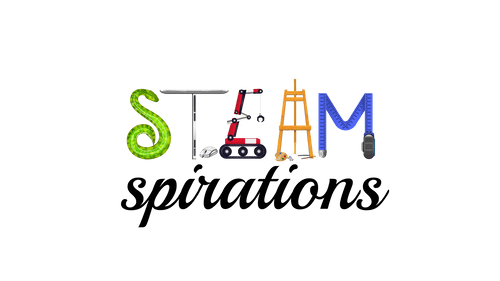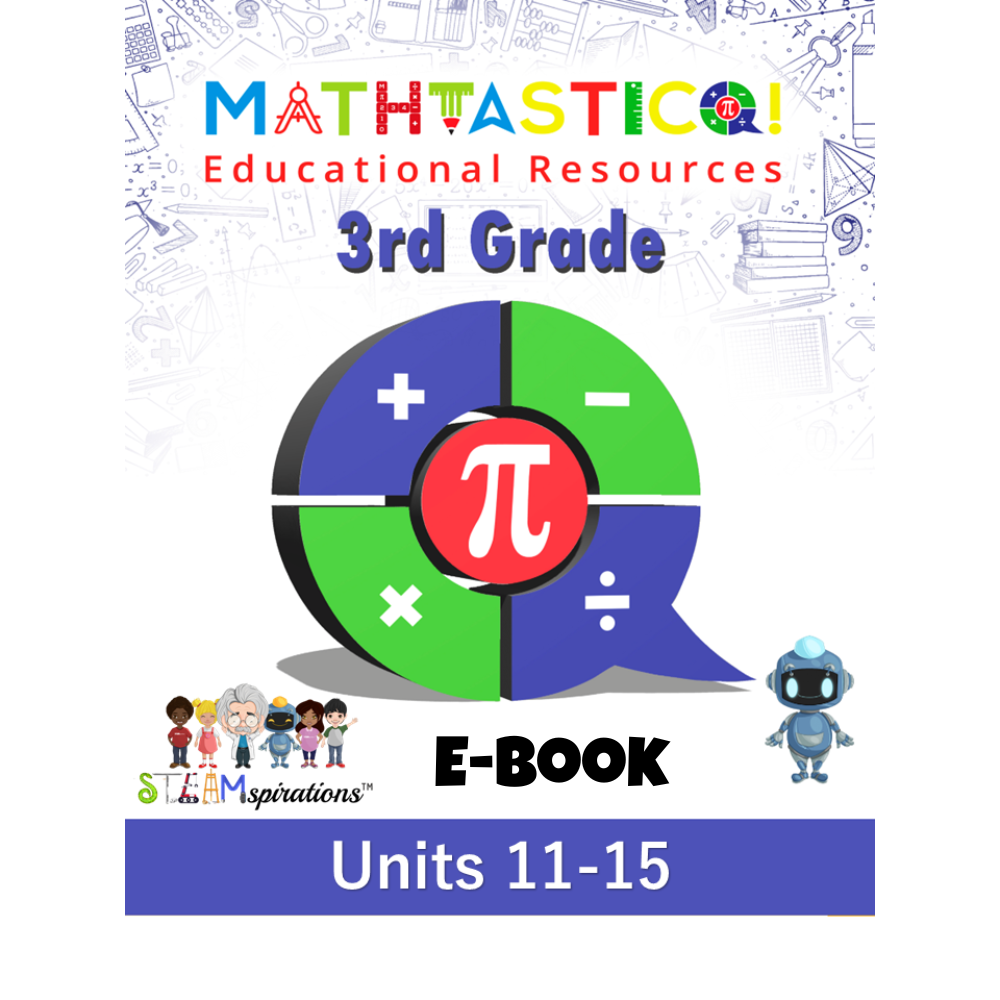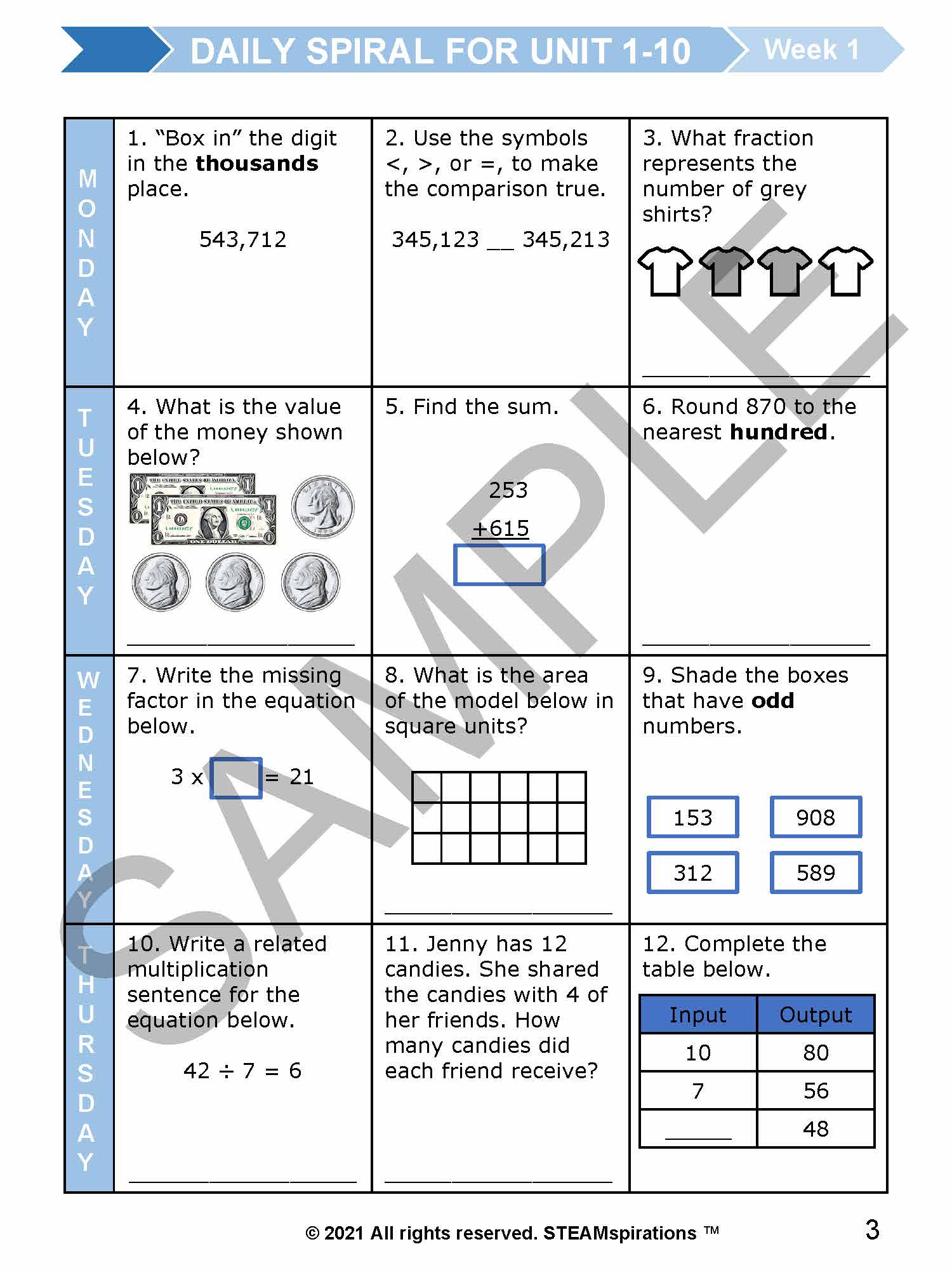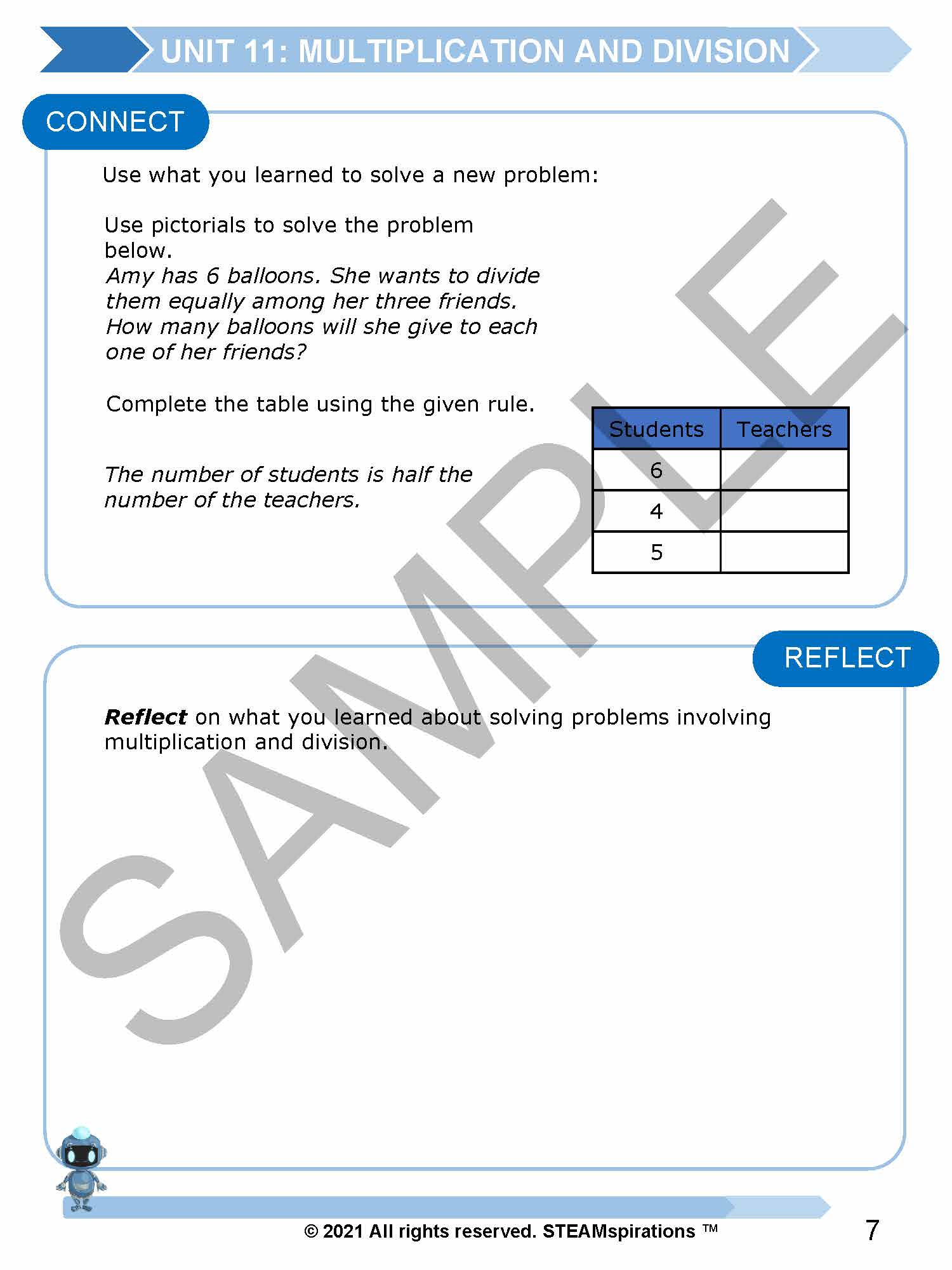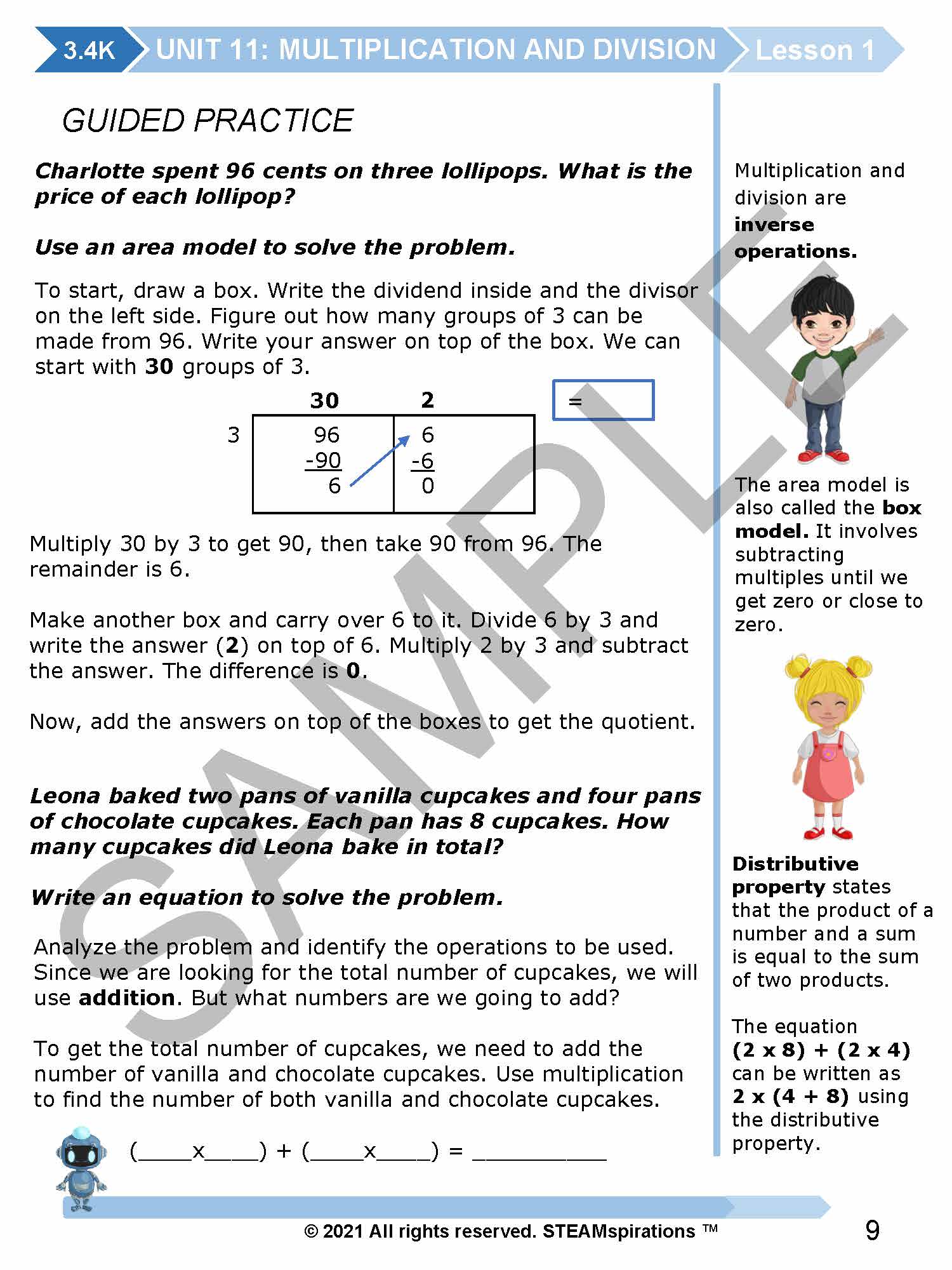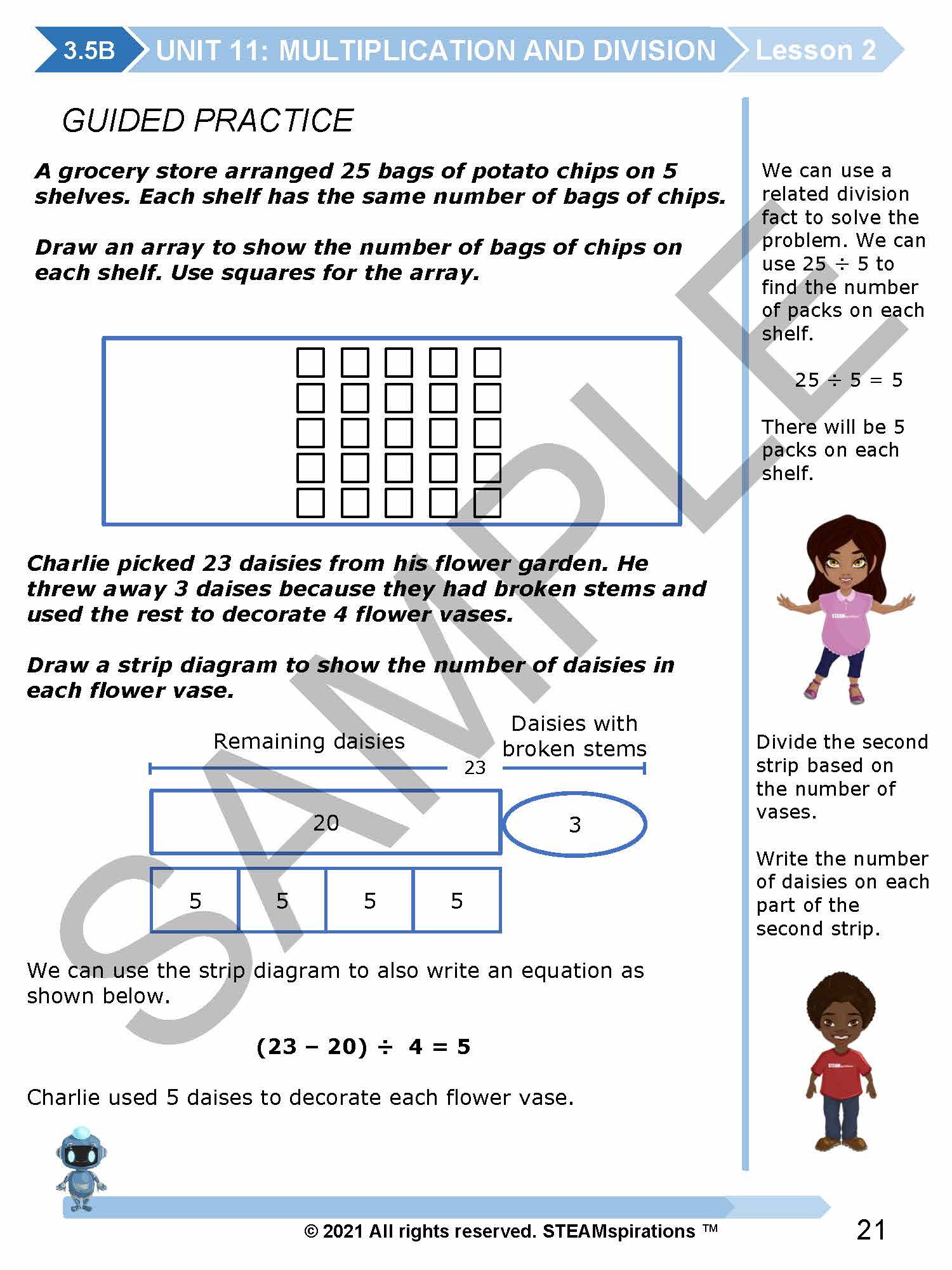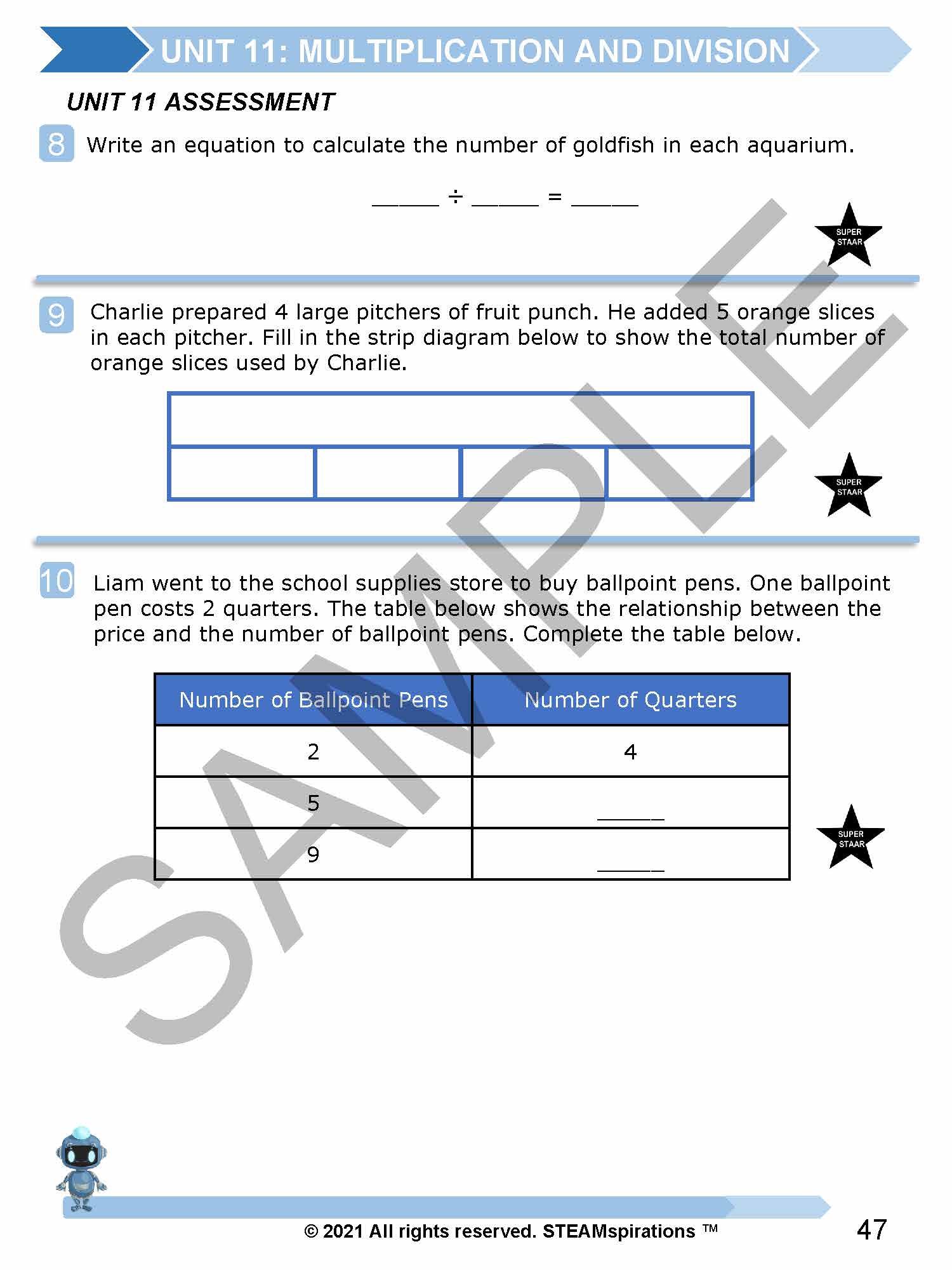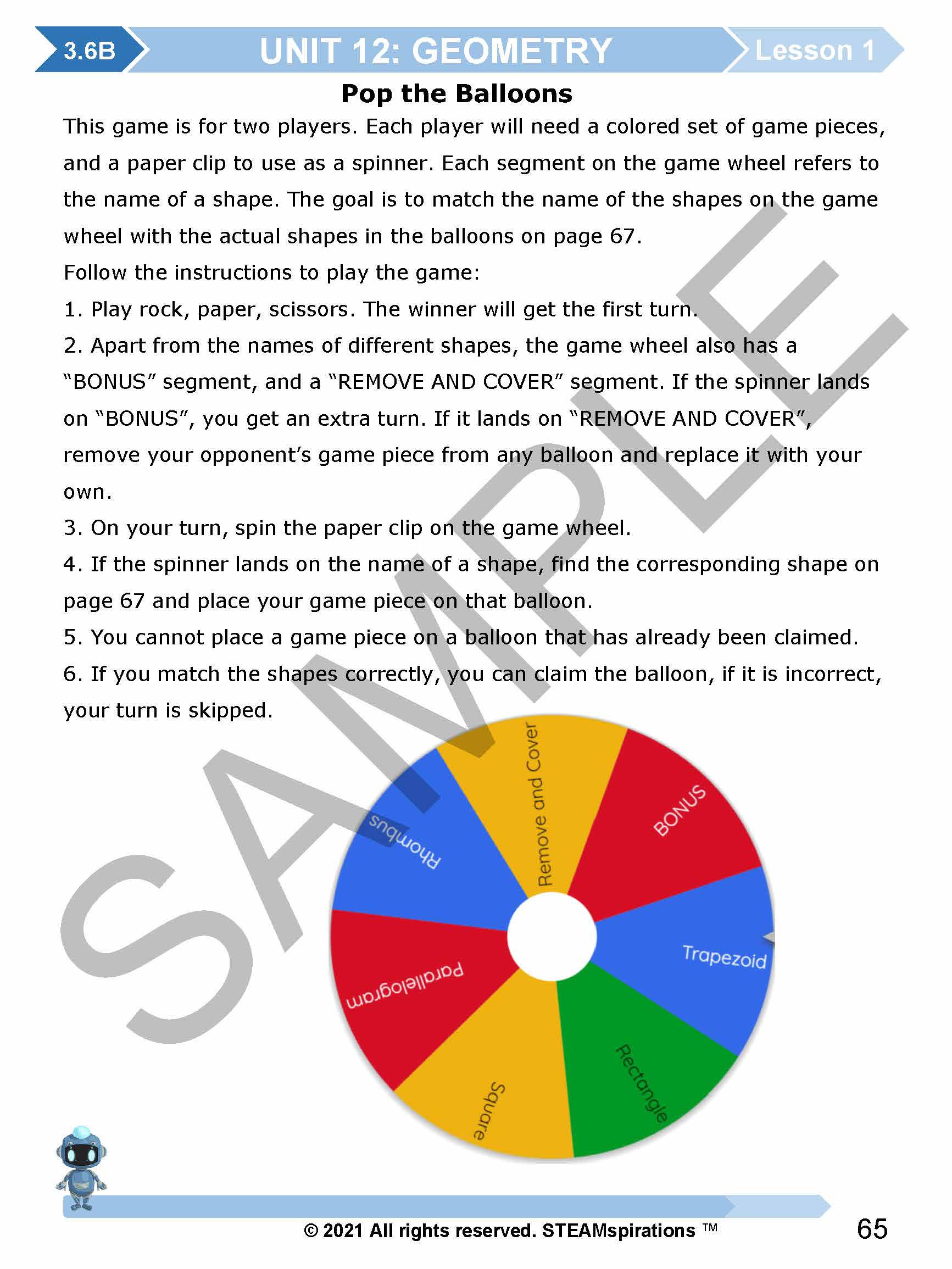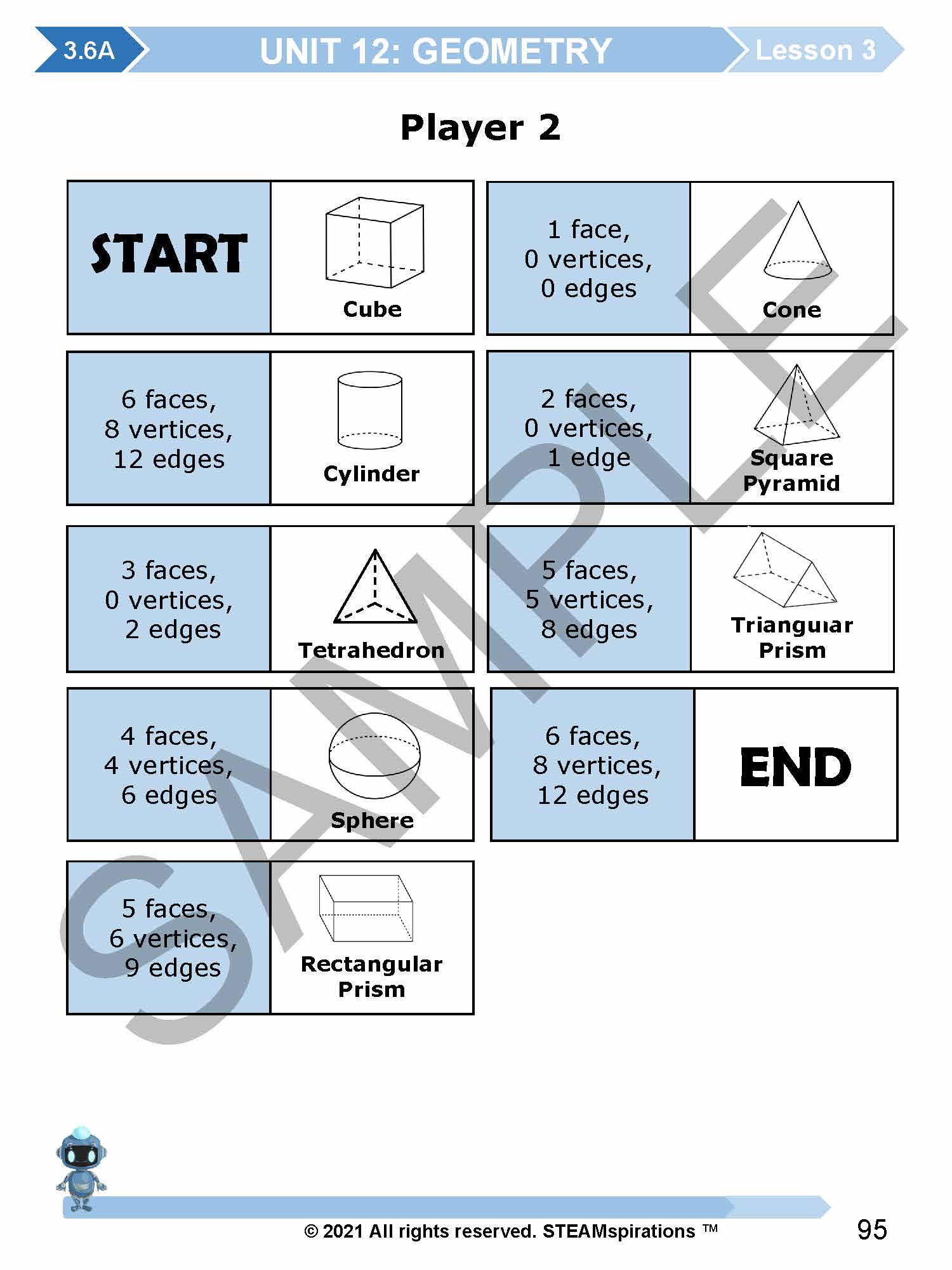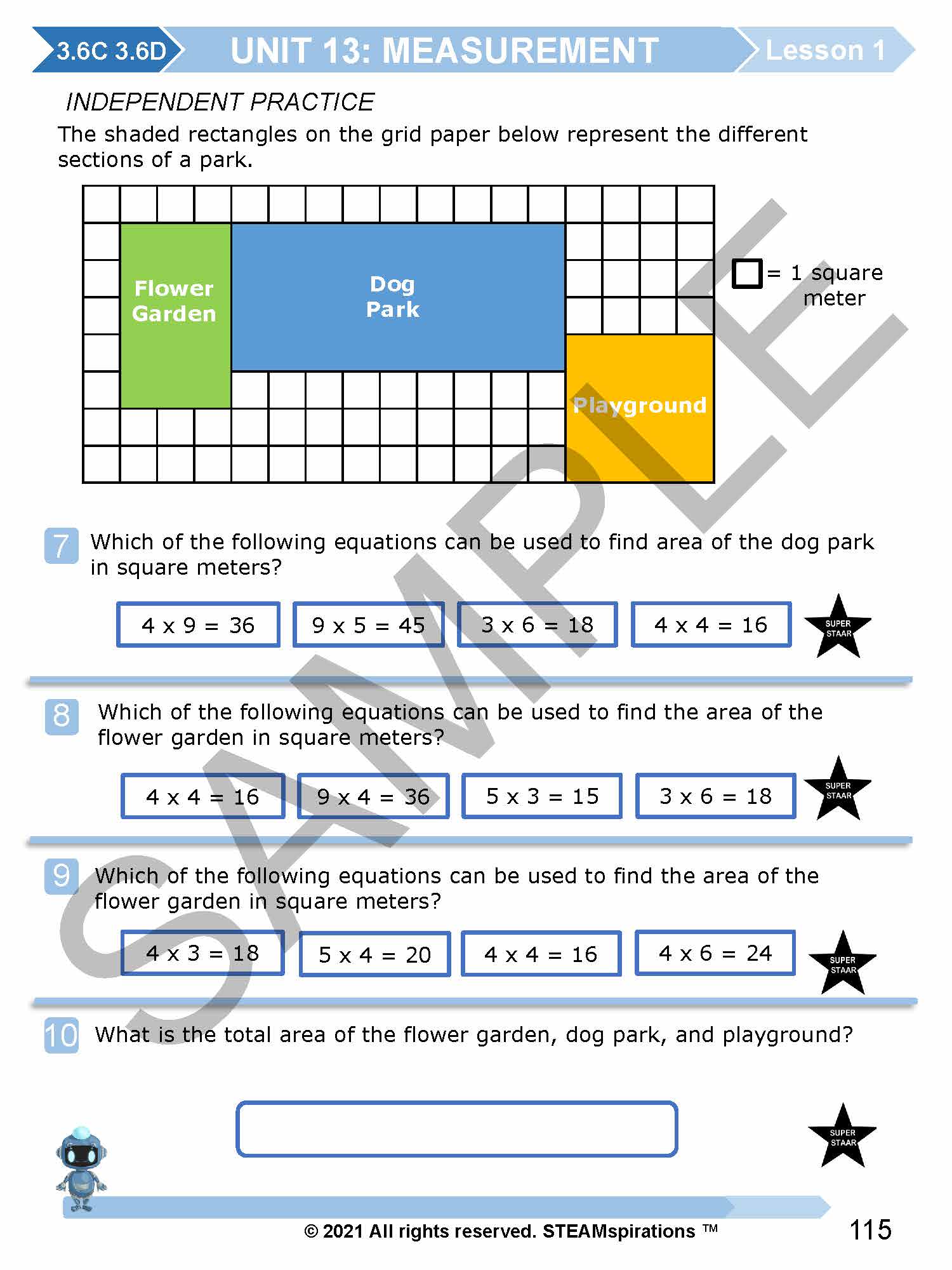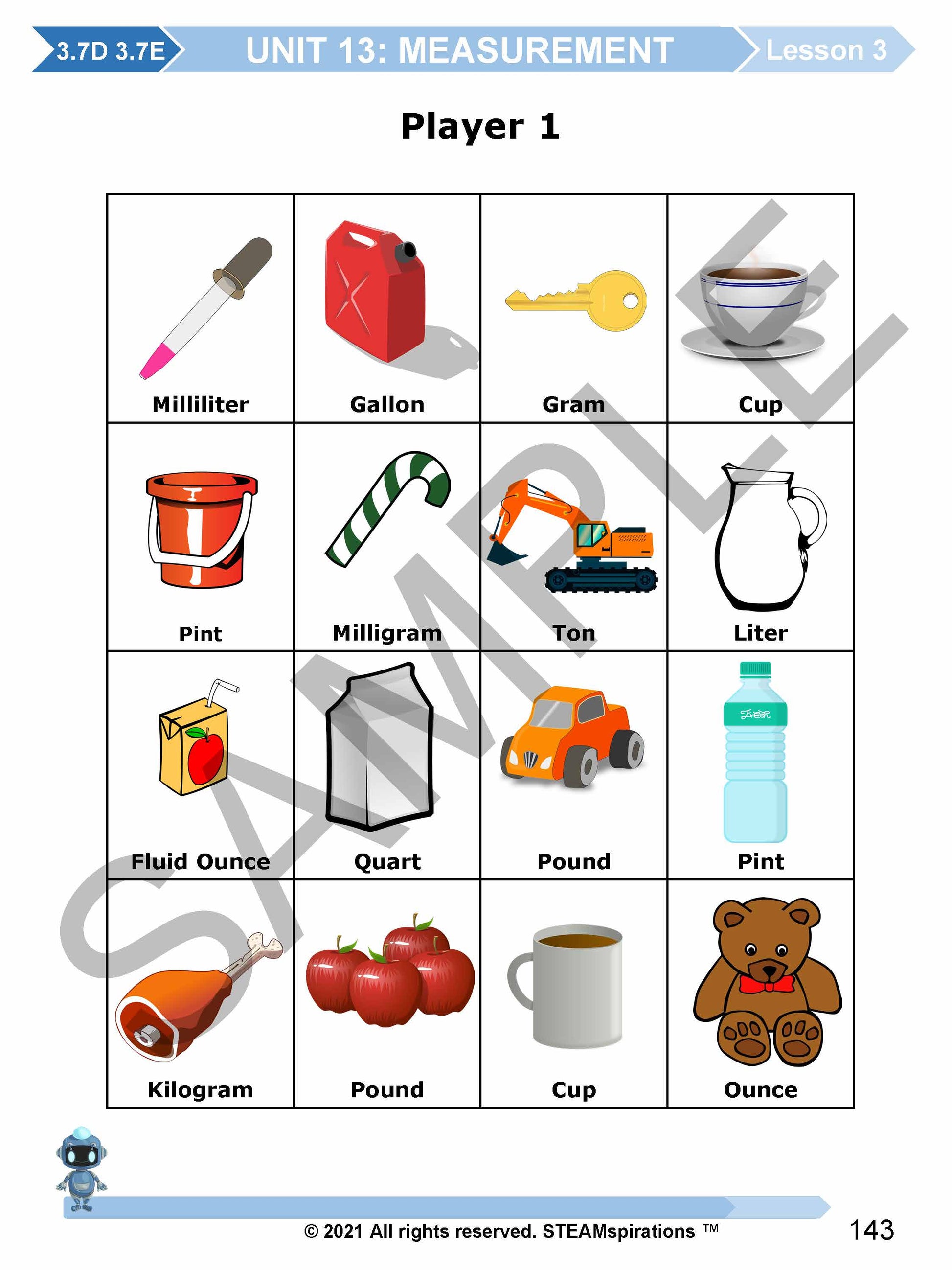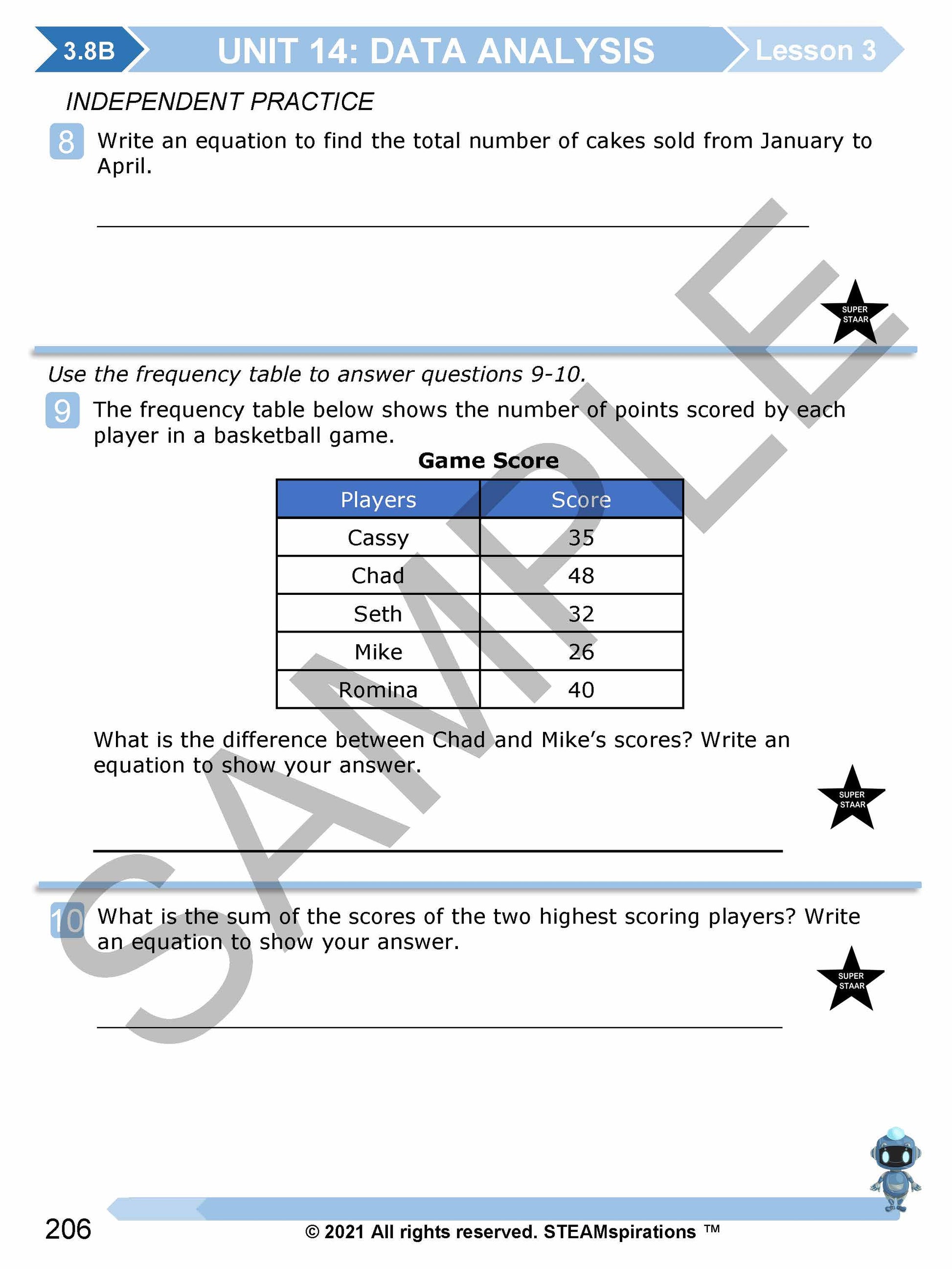3rd Grade Units 11-15 E-Book
3rd Grade Units 11-15 E-Book
Couldn't load pickup availability
- E-BOOK
- 30 Day Returns
- Secure Checkout
Our Guarantee
Our Guarantee
Our ebook offers a comprehensive and meticulously crafted solution, encompassing diverse learning strategies and resources, to ensure an unparalleled educational experience, making it the ultimate one-stop destination for effective learning
How does it work?
How does it work?
Upon purchase, you will have immediate access to download our ebook directly. Additionally, you will receive a copy of the ebook delivered to your email inbox, ensuring convenient access and ensuring you have the resources you need wherever you are.
Customer support
Customer support
We are committed to providing exceptional customer support, available to assist you 24 hours a day, 7 days a week. Whether you have questions about our ebook, encounter any issues with downloading or accessing it, or require assistance with any aspect of your learning journey, our dedicated support team is here to provide prompt and reliable assistance whenever you need it.
3rd Grade: Units 11-15
What makes our products so unique?
Our products are meticulously designed by experts to ensure mastery of the STAAR test, employing a detailed and multifaceted program:
- Math Vocabulary and Guided Questions: Each unit introduces new math vocabulary and guided questions that can serve as the objective of the day or daily goals for teachers. This approach enhances understanding and application of mathematical concepts and terms, facilitating clearer communication and deeper learning.
- Unit Year Planning: Our curriculum breaks down each TEK into manageable segments, scaffolding learning for complete mastery. This methodical approach allows students to fully understand each part of the TEK as it is taught throughout the lessons, making the process more straightforward for educators.
- Daily Spirals: We have structured our math program to ensure continuous review by revisiting all previously taught skills each week, thus ensuring mastery. Normally, by the 7th unit, students are reviewing over 15 skills bi-weekly, covering all material from the first four units. (HIghlight daily spiral by teks.
- Problem Solving Process: Each unit introduces students to a thought-provoking problem-solving process that stirs curiosity and enhances analytical thinking skills.
- Problem Solving Questions: Beyond the daily spirals, each lesson features problem-solving questions, also known as Problem of the Day (P.O.D.) questions, that reinforce the previously taught lesson's skills.
- Vertically Aligned Pre-Assessments: Our approach begins each unit with a succinct pre-assessment that aligns vertically with the new TEKs introduced, enabling focused and effective learning.
- Guided Practice: Every unit includes guided practice sections designed to effectively teach new TEKs/Skills. These can be utilized alongside our engaging animated instructional videos, enhancing the learning experience.
- Skill Building/Independent Practice: Lessons are designed to strengthen students’ math skills and problem-solving abilities through word problems, including STAAR 2.0 questions marked by a small star symbol.
- Homework: We incorporate homework into the lessons to enable students to reinforce the concepts and skills learned in the classroom at home.
- Games: Each unit contains fun and educational games that reinforce the skills learned in each lesson, making learning enjoyable and effective.
- Checkpoints: At the end of each lesson, checkpoints feature a writing exercise and a problem-solving question to assess comprehension and consolidate learning.
- Practice and Unit Assessments: Reflecting the STAAR test's rigor, each unit includes a practice assessment and a comprehensive unit assessment featuring STAAR 2.0 questions.
- Unique Design and Content
- Vertically Aligned Pre-Assessments
- Problem-Solving & Daily Spiral Reviews
- TEKS and Other State Standards based
- Formative/Summative Assessments
- Independent and Guided Practice
- Interactive Games and Activities
- Homework Assignments
- Super STAAR 2.0 Questions
- Interactive Activities
-
Created by High Performing teachers that have years of successful classroom experience
-
Includes Lessons that are aligned to state standards
-
Provides pre-assessments, checkpoints, practice assessments, and assessments that help measure and monitor student growth and progress
-
Empower students to monitor their own progress, learn at their own pace, and become self-directed
-
Provides students with engaging activities
-
Provides at-home support
-
Empowers students to use technology as a learning tool
-
Helps identify student gaps (pre-assessment) for targeted learning through pre-assessments
-
Facilitates planning
-
Provide high-quality instructional material for high-impact tutoring
-
Prepares students for STAAR 2.0 Questions
-
Have a plan in place that supports virtual instruction
